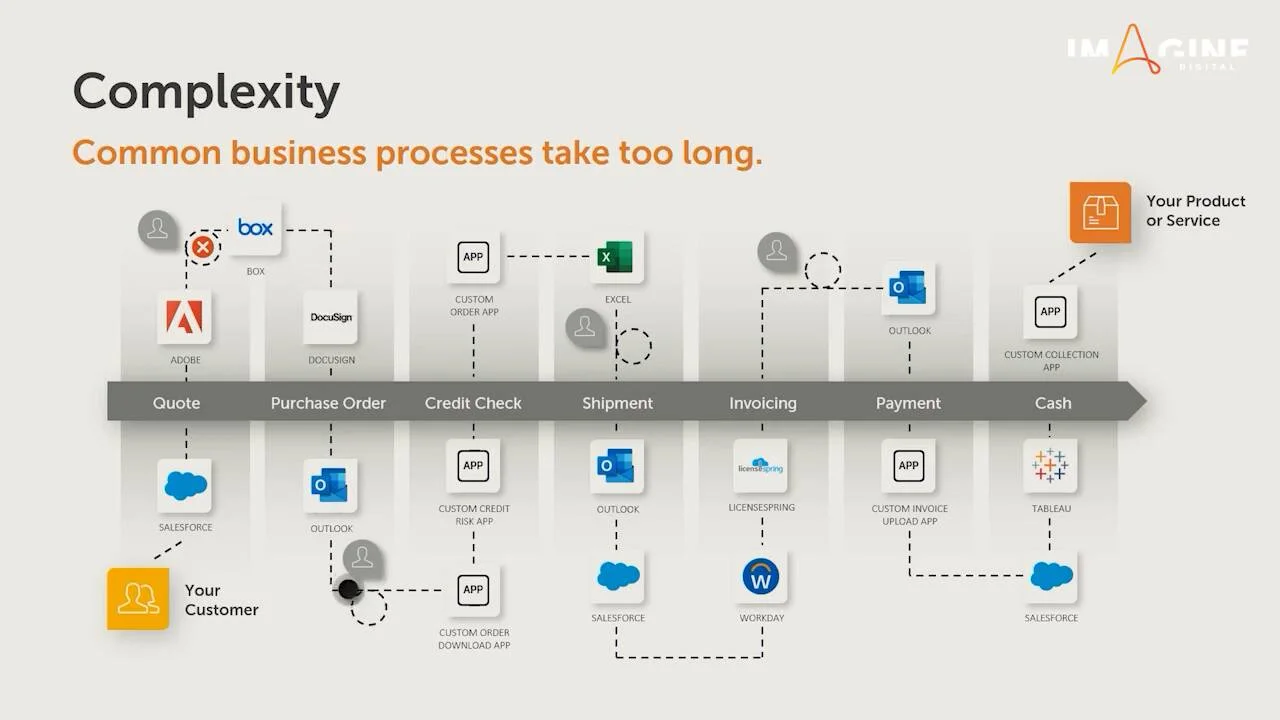Hyperautomation is a business-driven, disciplined approach that organizations use to rapidly identify, vet and automate as many business and IT processes as possible. Hyperautomation involves the orchestrated use of multiple technologies, tools or platforms, including: artificial intelligence (AI), machine learning, event-driven software architecture, robotic process automation (RPA), business process management (BPM) and intelligent business process management suites (iBPMS), integration platform as a service (iPaaS), low-code/no-code tools, packaged software, and other types of decision, process and task automation tools.
Hyperautomation is the extension of legacy business process automation beyond the confines of individual processes. By marrying AI tools with RPA, hyperautomation enables automation for virtually any repetitive task executed by business users.

It even takes it to the next level and automates the automation - dynamically discovering business processes and creating bots to automate them. Hyperautomation was identified by Gartner as one of the year’s top 10 strategic technology trends.
With a range of tools like Robotic Process Automation (RPA), machine learning (ML), and artificial intelligence (AI), working in harmony to automate complex business processes—including where subject matter experts were once required—hyperautomation is a means for real digital transformation.
How does Hyperautomation work?
According to Gartner, RPA enriched by AI and ML becomes the core enabling technology of hyperautomation. Combining RPA and AI technologies offers the power and flexibility to automate where automation was never possible before: undocumented processes that rely on unstructured data inputs. READ MORE...
